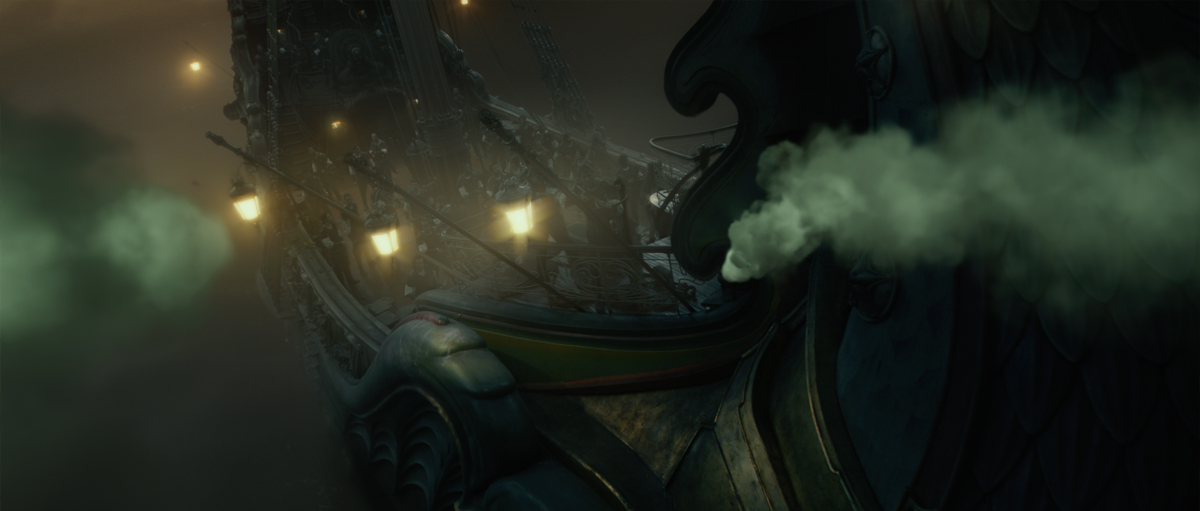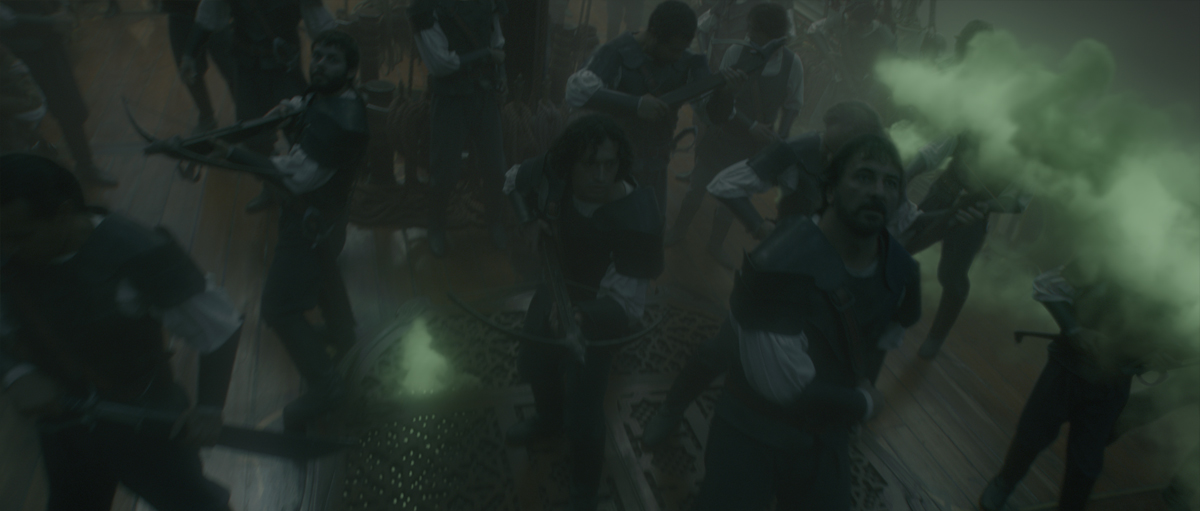Matt Johnson work since over 15 years in visual effects at Cinesite. He participated in many projects such as EVENT HORIZON and LOST IN SPACE. And supervised a large number of show from KING ARTHUR to THE GOLDEN COMPASS passing by V FOR VENDETTA.
What is your background?
I guess I’ve been interested in visual effects from the age of six. I can still remember leaving the cinema after watching STAR WARS with my father, deciding there and then that I was either going to be an astronaut or work in movie visual effects.
I started making films at seven, reading Cinefex at 11 and got into the industry straight after graduating from film school, making coffee!
I joined Cinesite and worked my way up to visual effects supervisor and have supervised everything from Bruckheimer’s KING ARTHUR, through to the destruction of parliament in V FOR VENDETTA, to Drew Barrymore as a talking Chihuahua.
How was your collaboration with Angus Bickerton and Michael Apted?
I’ve known Angus for years; we share the same geeky interest in old school visual effects. I first worked with him when he was supervising THE LEGEND OF PINOCCHIO, on through to LOST IN SPACE and BAND OF BROTHERS. I’ve always admired Angus’ creative and technical abilities and he’s always been a pleasure to work with.
This is the first of Michael’s projects that I’ve been involved with. He always seemed to have a clear understanding of what he was after and how it related to the broader narrative of the movie.
What are the sequences made by Cinesite?
Cinesite had quite an eclectic mixture of sequences, from the digital buildings and matte paintings of the Lone Islands through to the complex fluid simulations of the White Witch and the tendrils of mist.
The green mist made me think of THE CITY OF THE LOST CHILDREN. Was it a reference requested by Michael Apted? What references he gave to you?
THE CITY OF LOST CHILDREN is a wonderful movie, but it wasn’t foremost in our minds when working on the sequence. We pretty much had free reign to design the shots, working with Angus. Personally, my biggest visual reference came from the finale of RAIDERS OF THE LOST ARK.
How did you created and animated this mist?
The mist is supposed to represent the forces of evil encroaching upon the crew of the Dawn Treader. The ghostly trails were created in Houdini and proprietary fluid simulations tools. Animations were blocked out in Maya for each tendril shot. We decided to use eels to represent the fingers of the mist. The sinister appearance of these eels naturally lent themselves to the movement of the mist. Once the block out animation was approved, the team were able to derive fluid simulations from the data, produce numerous lighting passes and animate the fluids to interact with the live-action elements in the plate. This meant rotoscoping the mist around the cast and props on the deck to ensure that it was realistically interacting with the live-action environment, which had been shot in front of a blue screen stage.
Can you explain the creation of the environment around the Dawn Trader?
For the sequence involving the tendrils of mist the Dawn Treader has ventured into what looks like an underground cavern, except the rocks and columns are all made of moving, glowing mist. This cavern was initially blocked out in Maya, therefore we were able to establish a continuity for the columns of mist across the entire sequence. Once the layout was approved, the scene file could be passed over to the 2D artists, who used the 3D aspects of Nuke to create the mist environment for their shots. This was created using projected digital matte paintings with subtle animation to impart a sense of movement and multiple layers of rendered 3D mist.
Have you used the projection of matte paintings?
The projected matte painting is a very useful technique, which we used to impart a sense of dimensionality to what was traditionally a ‘flat’ effect. We used this technique both in the ship environment and the Goldwater Island sequence.
How did you create the set extensions on the Goldwater island?
In this sequence, Eustace, Edmond and Caspian venture onto a barren, volcanic island. We had to digitally enhance the live-action photography shot at Stapleton Quarry in Queensland, Australia to extend the scope of the scenes. For example, we would take live-action footage of the boys walking along a sandy path and replace the background with a mountainous, digitally matte painting. These matte paintings were projected onto digital mountainous topology. This allowed us to create a natural sense of parallax as the camera moves through the frame. We also created a bejewelled valley – a long canyon filled with golden treasure, extending the small set piece with digital projected matte paintings and digital geometry that makes the golden canyon stretch for miles.
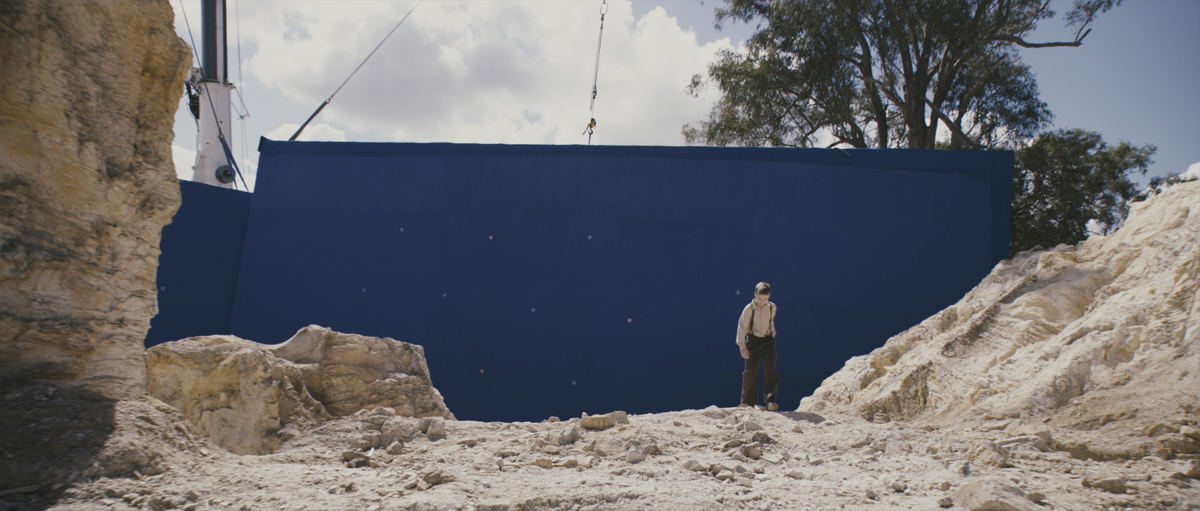 |
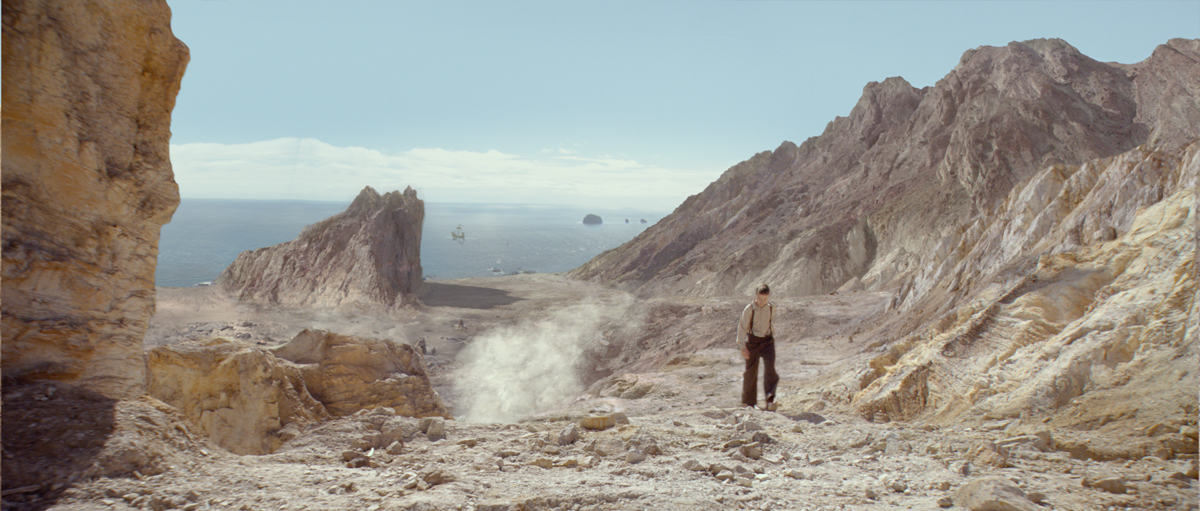 |
What was the size of the real set for this sequence?
The bejewelled valley set piece was about 4-5 meters high and stretched back 10-15 meters.
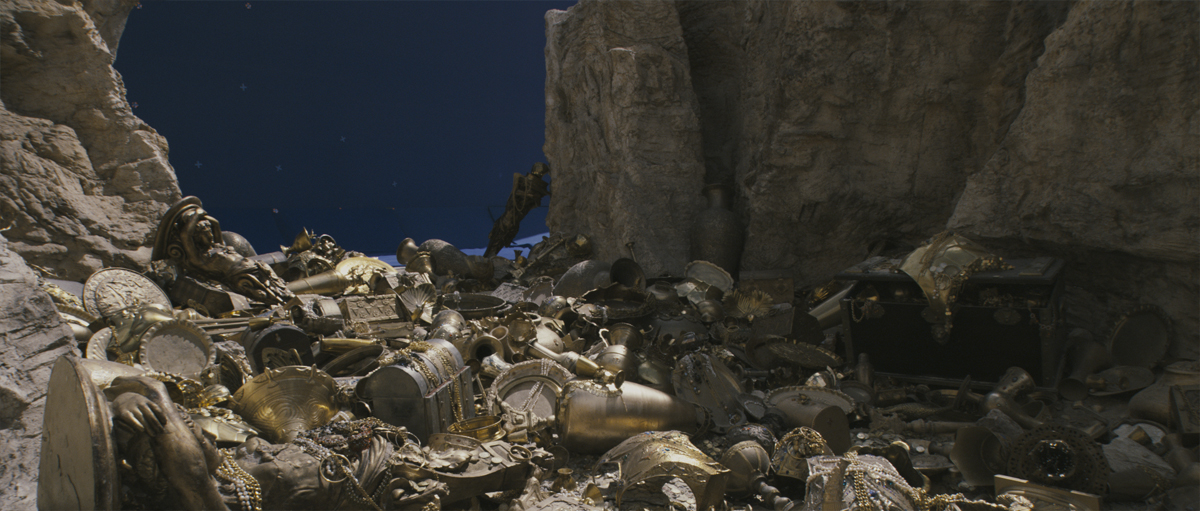 |
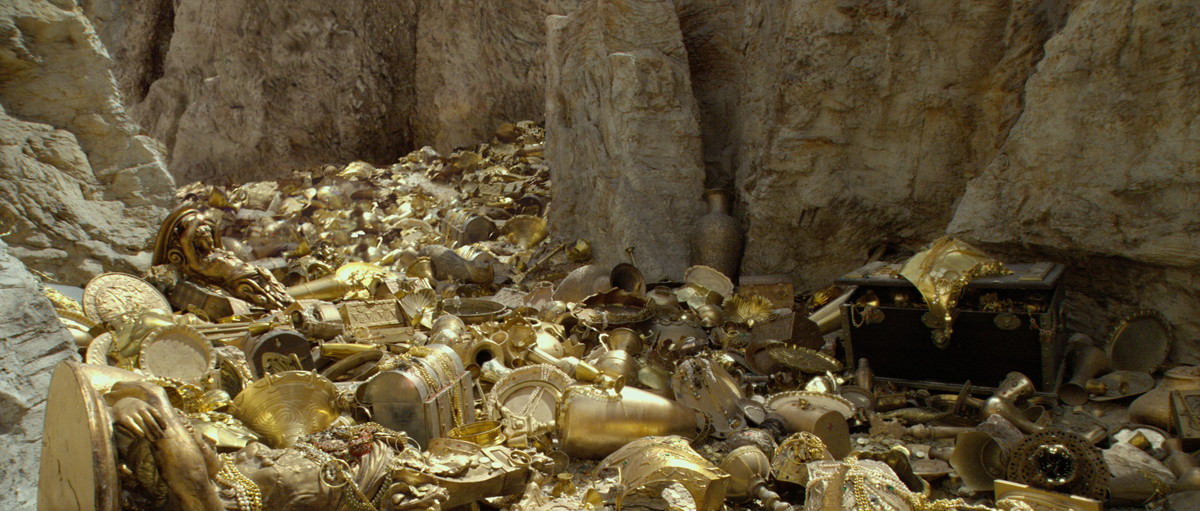 |
How was the collaboration with MPC for scenes involving the Evil Mist?
The main collaboration with MPC was to ensure that our cavern of mist for the tendrils sequence married up with their environment, where the sea serpent attacks the Dawn Treader. We both paid careful attention to each other’s work, to ensure the looks matched throughout.
About the White Witch, did you created a digital double of Tilda Swinton?
The White Witch is an iconic character throughout the Narnia movies. The challenge in Dawn Treader was that she needed to appear as though made by the evil tendrils of mist. We subtly blended Tilda Swinton’s performance with our fluid effects work to create the desired effect. First, we created a 3D version of Tilda. This was used to roto-animate her performance to ensure that our digital model lined up with the live-action blue screen photography. This animated digital Tilda was used to drive the fluid effects that created undulating tresses of hair and her misty form. We treated the live-action photography in the comp to smooth and soften her appearance and give it a more ethereal appearance, selectively replacing her body with generated fluid mist. The movement on both the mist and her hair was driven by the Witch’s movements through the frame, giving a natural dynamic to our work.
How did you create the city?
The Lone Islands are the first port of call for the Dawn Treader. They initially arrive at what appears to be a deserted city. Some of the city was filmed on location in Australia and a partial set for many of the lower buildings was created on set.
The extensions used a variety of techniques, from fully-rendered 3D buildings through to projected matte paintings. The main challenge of the sequence was to integrate successfully the digital extensions with the weathered sandstone appearance of both the practical location and studio set pieces.
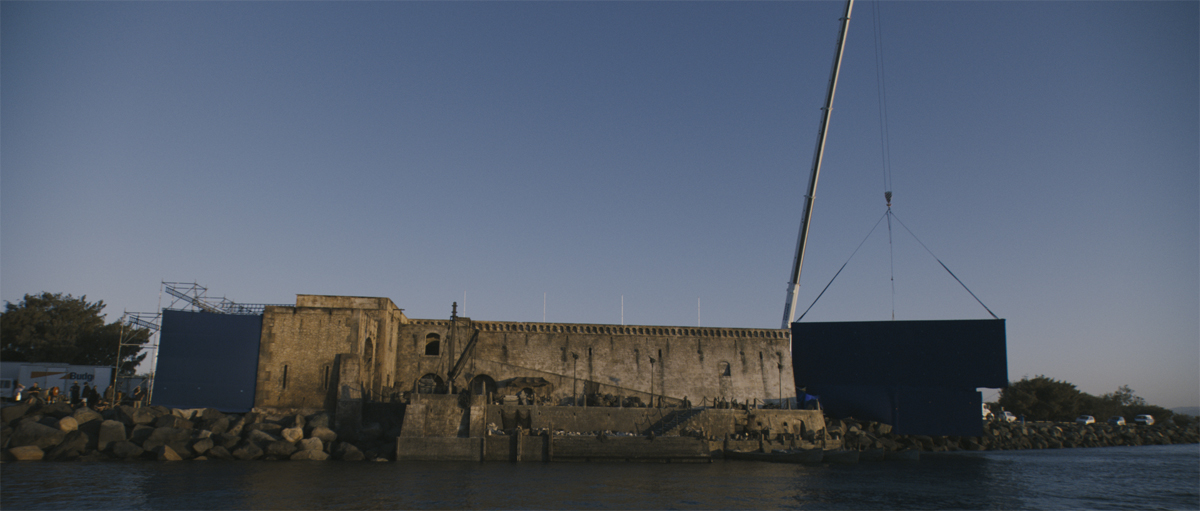 |
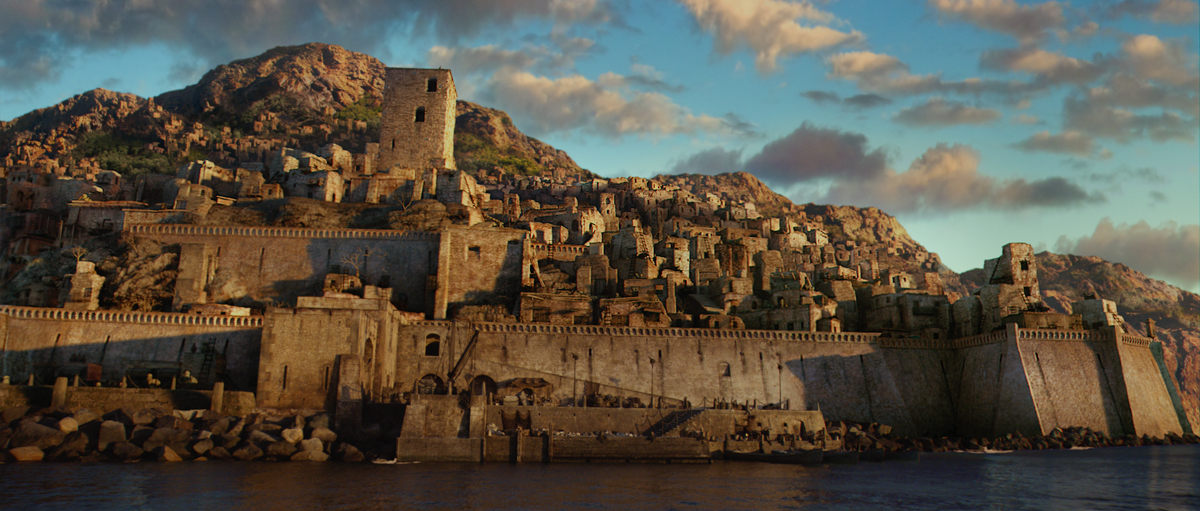 |
What were you references for it?
The client supplied concept art to us, along with photos of a town called Cappadocia in Turkey, where the small, single story huts built into mountains had the look that they wanted to use.
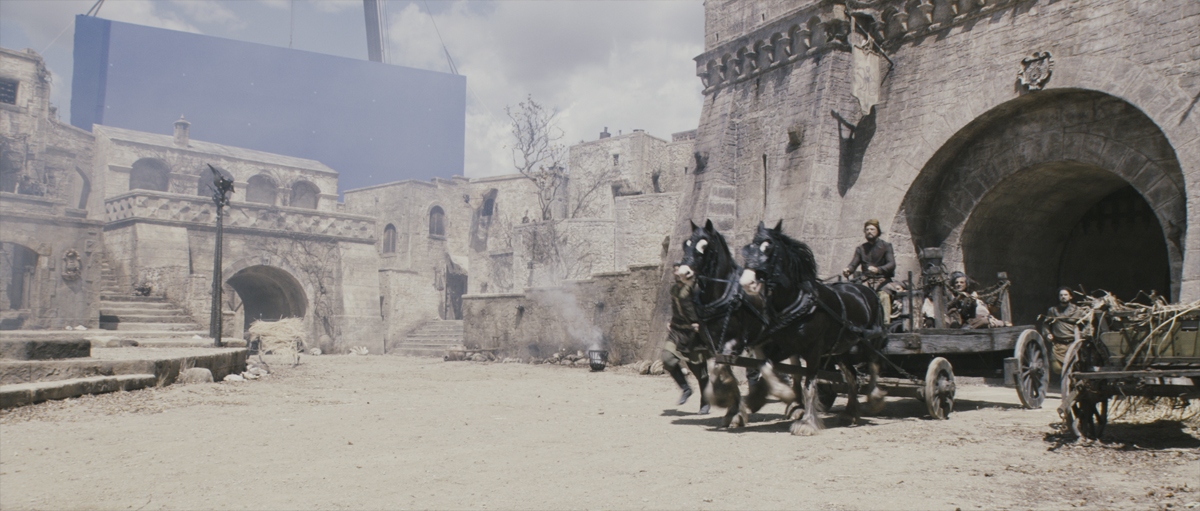 |
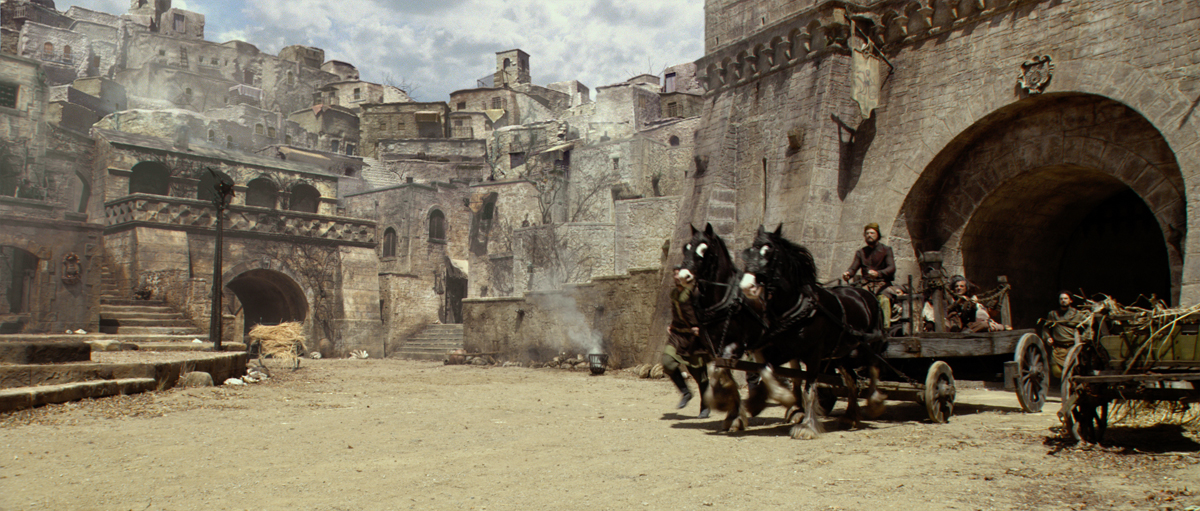 |
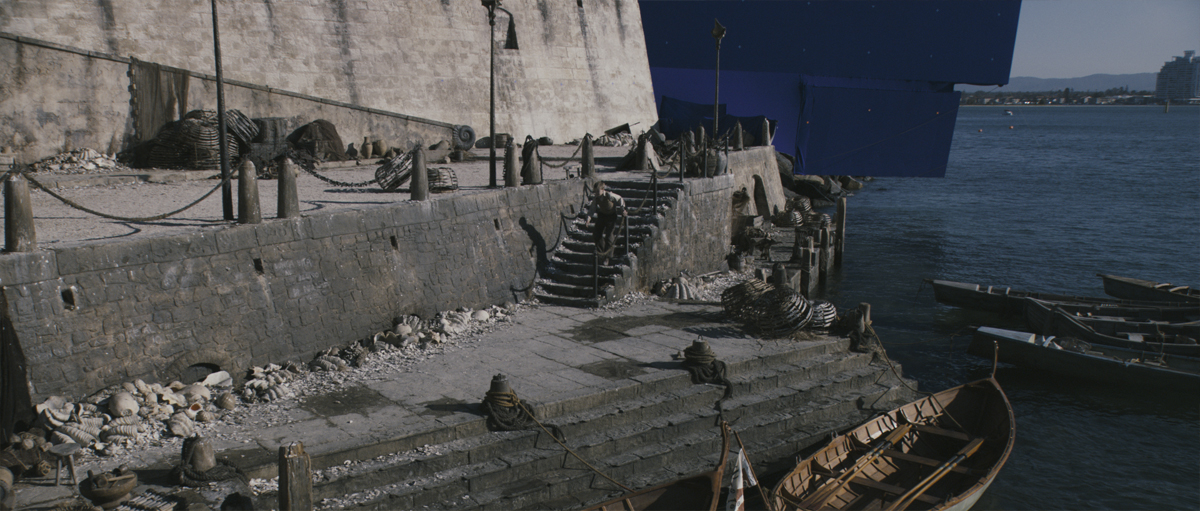 |
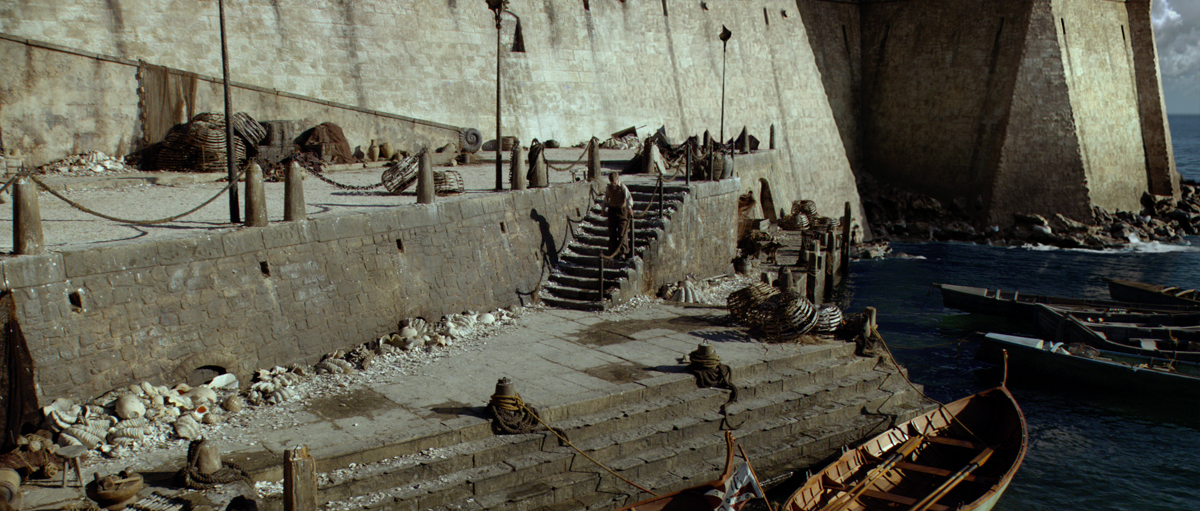 |
What was the biggest challenge on this film?
I think the most interesting work on the movie was trying to impart a sense of character and purpose to what might have appeared to be lifeless fluid effects. It was interesting trying to make ‘smoke’ appear to be evil and threatening.
Is there a shot or a sequence that prevented you from sleeping?
It’s funny, but at the end of every show there’s always a period where sleep is the last thing on your mind!
What do you keep from this experience?
I think that the best things you can take from any experience are the opportunities to work with different artists. We were fortunate on DAWN TREADER to have some terrifically creative artists and I’m just pleased that their hard work makes me look good!
How long have you worked on this film?
Personally, I came onto the show quite late in the day, however other members of the Cinesite team had been involved since pre-production. I was involved for the digital post production phase of the project.
How many shots have you done and what was the size of your team?
We completed 186 shots on DAWN TREADER and our production team numbered about 70 people.
What is your next project?
I’m currently supervising Cinesite’s work on the next instalment of the X-Men series, X-MEN: FIRST CLASS. It has a completely different set of challenges, but I’m not allowed to discuss any of them at the moment!
What are the 4 movies that gave you the passion of cinema?
Four films – that’s tough. Can’t it be 400? I guess in no particular order they would be A MATTER OF LIFE AND DEATH, BLUE VELVET, ALL THE PRESIDENT’S MEN and STAR WARS (but you guessed that). Ask me the same question tomorrow and I’ll give you four different movies!
A big thanks for your time.
// WANT TO KNOW MORE?
– Cinesite: Official website of Cinesite.
– fxguide: Complete Article about NARNIA 3 on fxguide.
© Vincent Frei – The Art of VFX – 2011


